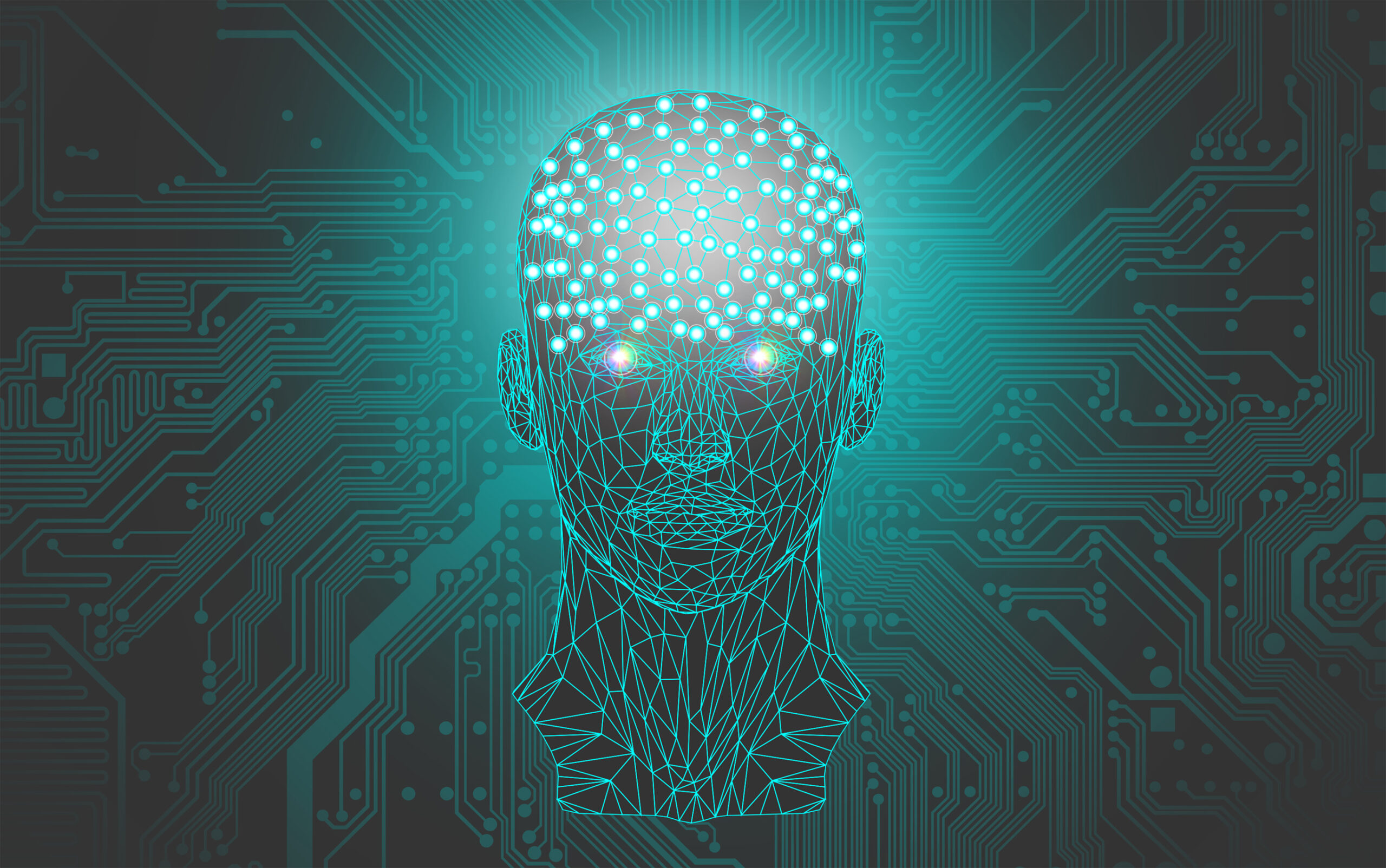Artificial Intelligence, often abbreviated as AI, has rapidly evolved from being a mere concept in science fiction to becoming an integral part of our daily lives. This transformative technology has the potential to revolutionize numerous industries, reshape our society, and redefine the way we live, work, and interact. In this detailed blog, we will embark on a comprehensive journey into the world of Artificial Intelligence, exploring its history, core concepts, applications, challenges, and potential future implications.
The Evolution of Artificial Intelligence
1.1 The Origins of AI:
The roots of AI trace back to the 1950s when pioneers like Alan Turing and John McCarthy began exploring the idea of creating machines that could mimic human intelligence. Alan Turing’s “Turing Test” was a foundational concept, proposing that if a machine could imitate human conversation convincingly, it could be considered intelligent.
1.2 Early Milestones in AI:
The field of AI experienced significant breakthroughs in the 20th century. The Dartmouth Conference in 1956 is often regarded as the birth of AI as a discipline. In the decades that followed, researchers made strides in symbolic AI, expert systems, and natural language processing.
1.3 The AI Winter:
During the 1970s and 1980s, progress in AI slowed, leading to what became known as the AI Winter. Funding and interest in AI dwindled due to unrealistic expectations and limited computing capabilities.
1.4 The Resurgence of AI:
In the late 1990s and early 2000s, AI experienced a renaissance. Advances in computing power, the availability of large datasets, and new algorithms rekindled interest and led to breakthroughs in areas like machine learning and neural networks.
Core Concepts of Artificial Intelligence
2.1 Machine Learning:
Machine Learning (ML) is a subset of AI that enables machines to learn from data and improve their performance over time without being explicitly programmed. Supervised, unsupervised, and reinforcement learning are key paradigms in ML.
2.2 Neural Networks:
Inspired by the human brain, neural networks are a fundamental building block of modern AI. Deep Learning, a subfield of ML, leverages neural networks with multiple layers to process complex information and achieve remarkable results in various tasks.
2.3 Natural Language Processing (NLP):
NLP focuses on enabling computers to understand, interpret, and generate human language. NLP powers virtual assistants, language translation, sentiment analysis, and more.
2.4 Computer Vision:
Computer vision allows machines to interpret and understand visual information from images and videos. It finds applications in image recognition, object detection, autonomous vehicles, and medical imaging.
Applications of Artificial Intelligence
3.1 AI in Healthcare:
AI is revolutionizing healthcare by assisting in disease diagnosis, drug discovery, personalized treatment plans, and improving medical imaging accuracy.
3.2 AI in Finance:
In the financial sector, AI is utilized for fraud detection, algorithmic trading, risk assessment, and customer service through chatbots.
3.3 AI in Transportation:
Self-driving cars, traffic optimization, and predictive maintenance are some of the areas where AI is transforming transportation.
3.4 AI in Education:
AI is reshaping education through adaptive learning platforms, intelligent tutoring systems, and personalized learning experiences.
3.5 AI in Gaming and Entertainment:
AI enhances gaming experiences through intelligent opponents, dynamic narratives, and realistic virtual worlds.
Challenges and Ethical Considerations
4.1 Data Privacy and Security:
As AI relies on vast amounts of data, ensuring data privacy and security is critical to prevent misuse or unauthorized access.
4.2 Bias and Fairness:
AI algorithms can perpetuate existing biases present in training data, leading to discriminatory outcomes. Addressing bias and promoting fairness is essential for ethical AI development.
4.3 Job Displacement and Workforce Changes:
AI’s automation potential raises concerns about job displacement and necessitates retraining and upskilling to adapt to the changing workforce landscape.
4.4 AI Governance and Regulation:
The rapid advancement of AI raises questions about governance and the need for responsible regulations to govern its development and deployment.
The Future of Artificial Intelligence
5.1 Augmented Intelligence:
The integration of AI with human intelligence, known as augmented intelligence, is likely to drive significant advancements in various fields.
5.2 Explainable AI:
Explainable AI aims to make AI models more transparent and interpretable, allowing users to understand the reasoning behind their decisions.
5.3 AI in Space Exploration:
AI can support space missions with autonomous navigation, data analysis, and decision-making for long-duration missions.
Artificial Intelligence has come a long way since its inception, transforming industries and reshaping the world as we know it. Embracing the potential of AI while addressing its challenges is crucial for unlocking its full benefits. As we move forward, responsible development, ethical considerations, and continuous research will be the key to harnessing the power of AI for the betterment of humanity. Whether it’s assisting in medical breakthroughs, optimizing transportation, or enhancing our daily lives, AI is set to be an inseparable part of our future, and we must approach it with a sense of wonder, responsibility, and mindfulness.





